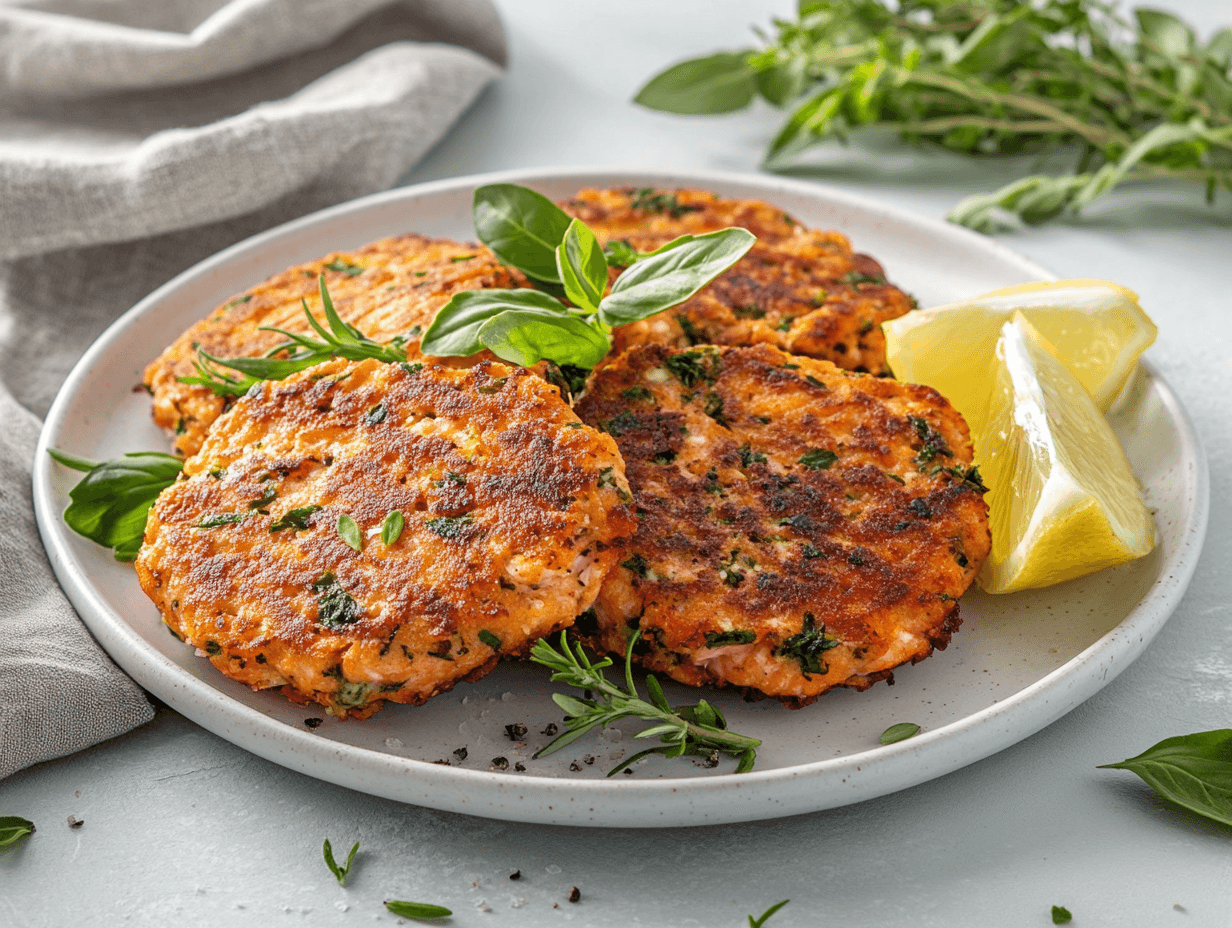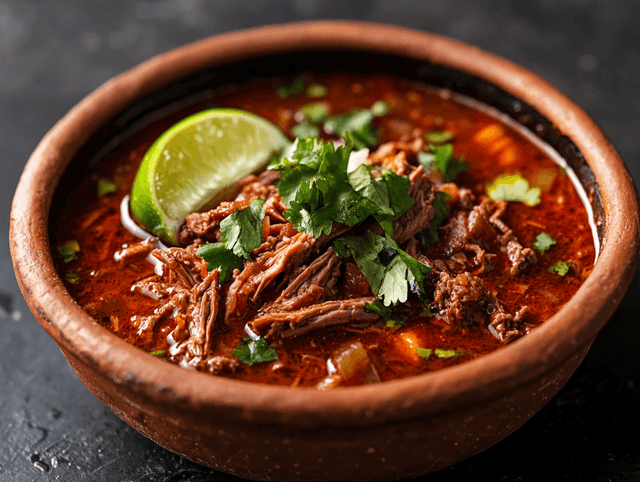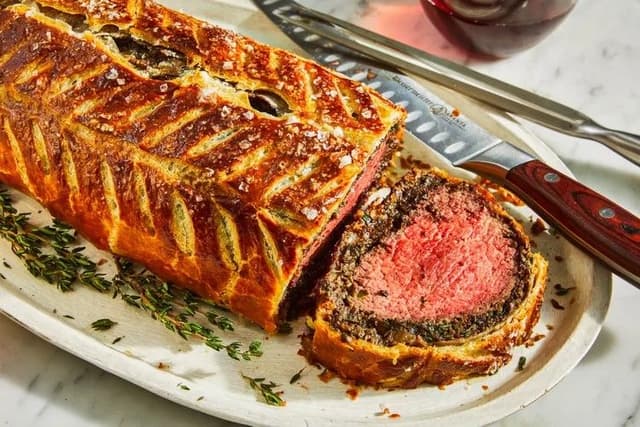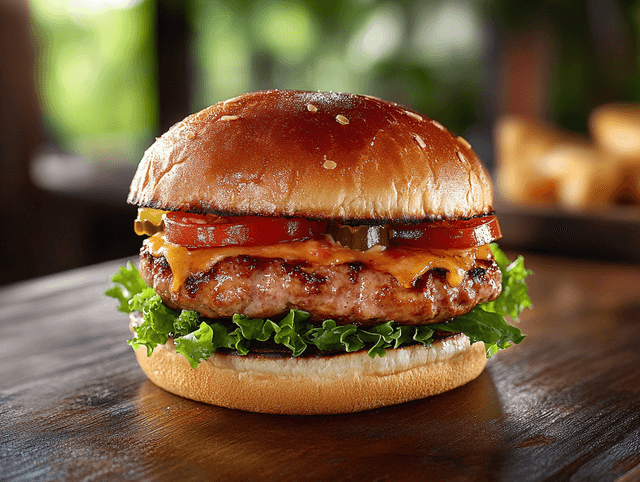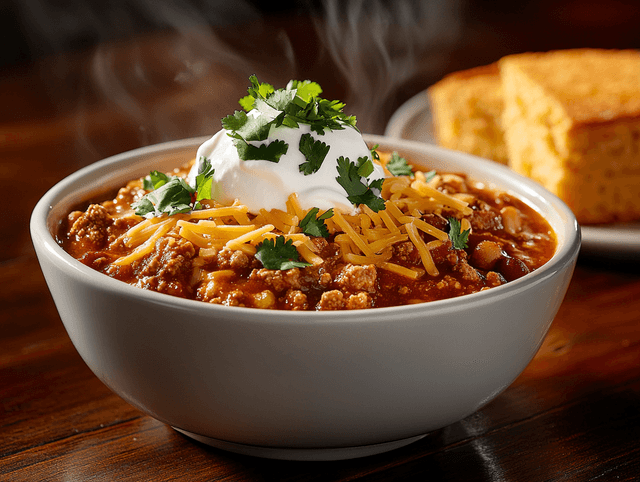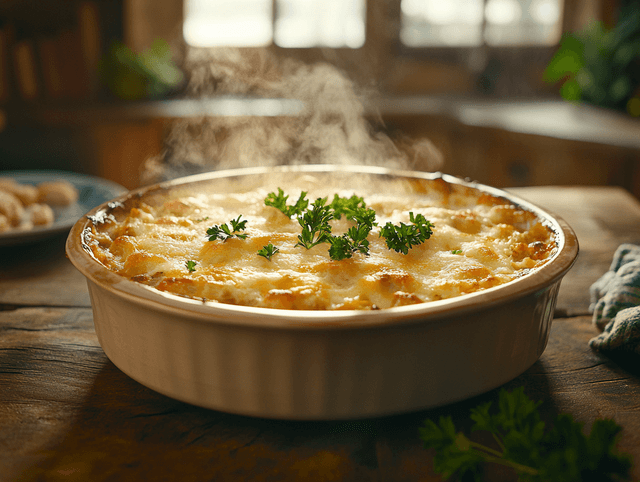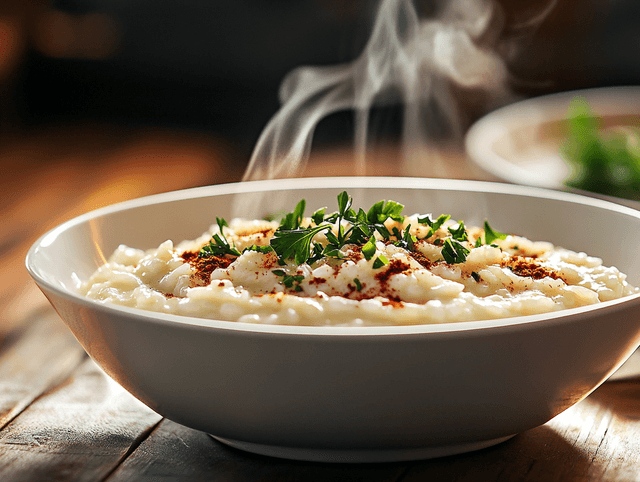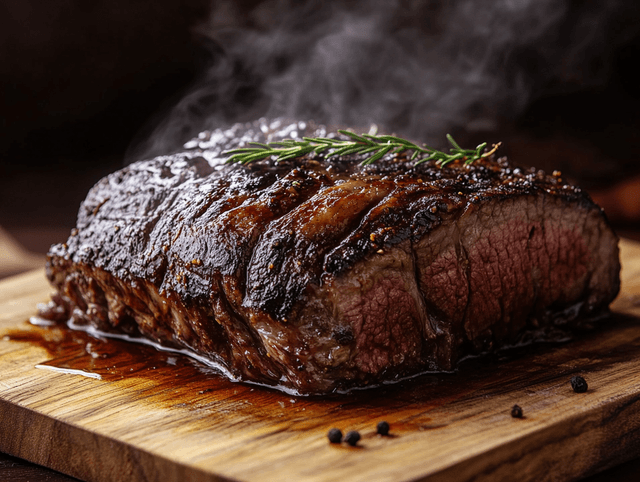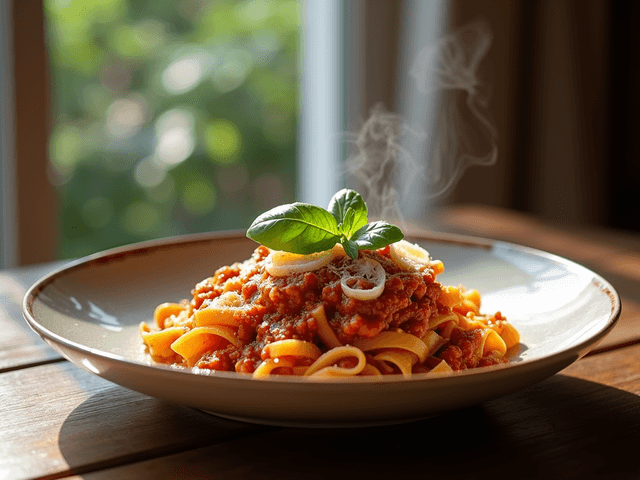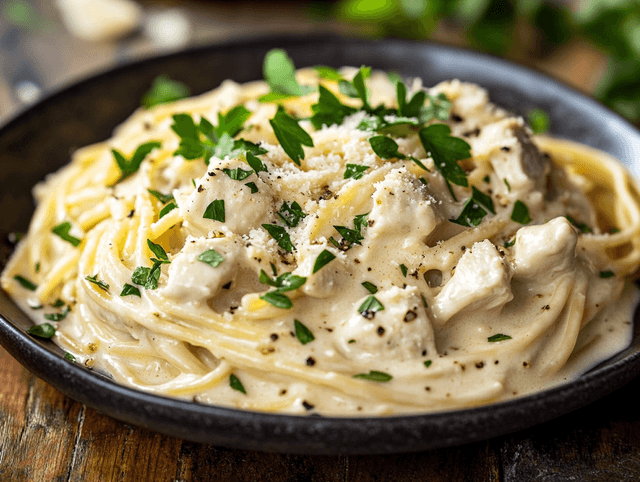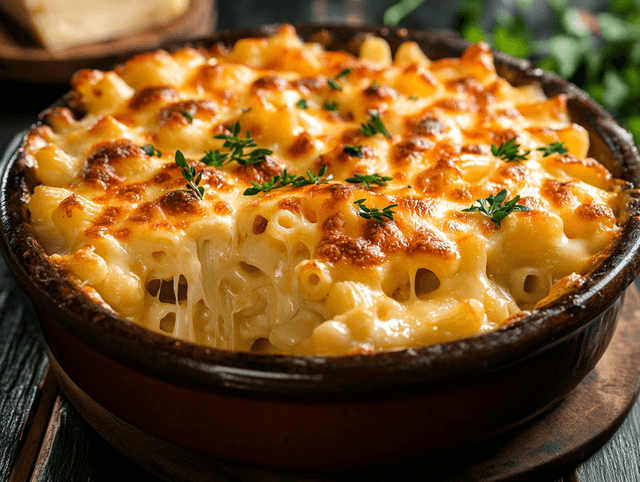Canned vs Fresh Salmon for Salmon Patties
The choice between canned and fresh salmon is crucial when making salmon patties. Each option has its own unique advantages and characteristics that affect the final result. Let's examine the differences between both options to help you choose the most suitable for your needs:
| Characteristics | Canned Salmon | Fresh Salmon |
|---|---|---|
| Cost | More economical and accessible | Higher price |
| Shelf life | Several months in pantry | 1-2 days refrigerated |
| Preparation | Ready to use | Requires pre-cooking |
| Flavor | Intense and salty | Delicate and natural |
| Texture | Soft and flaky | Firm and defined |
| Sodium content | High | Low |
| Nutrients | Preserves omega-3 and proteins | Fresh intact nutrients |
| Convenience | Immediate use | Additional preparation |
| Cooking control | Preset | Customizable |
| Best for | Quick and economical recipes | Gourmet preparations |
For making homemade salmon patties, canned salmon is the most practical and reliable option. Its uniform consistency and ease of use make it perfect for achieving consistent results, especially if you're just starting to cook this dish.

Alternative Basic Ingredients: Breadcrumbs, Egg, and Flour
The versatility of salmon patties allows them to be adapted to different dietary needs and preferences. These alternatives not only offer options for dietary restrictions but also bring unique flavors and textures.
Breadcrumb Substitutes
- Ground oats: Provide an ideal consistency and a crispy texture that remains even after cooking.
- Almond flour: Offers high protein content and reduces carbohydrates, perfect for special diets.
- Crushed corn flakes: Add an extra crispy finish and a slightly sweet flavor to the patties.
- Sesame seeds: Add a distinctive and nutritional touch with their essential oils.
- Cornmeal or polenta: Create a thicker texture and a traditional Southern flavor.
Egg Alternatives
- Natural or plant-based yogurt: Maintains necessary moisture and provides a smooth, creamy texture.
- Mashed banana: Acts as a natural binder and adds a subtle touch of sweetness.
- Applesauce: Perfectly binds dry and wet ingredients without altering the flavor.
- Mashed tofu: Works as an excellent protein source and maintains moisture.
- Ground flaxseed: Mixed with water, creates a perfect binder rich in omega-3.
Flour Substitutes
- Cornmeal: Provides a crispy and golden coating when frying.
- Almond flour: Ideal for low-carb and high-protein options.
- Ground quinoa: Increases nutritional value with complete proteins.
- Oat flour: Offers a healthy alternative rich in fiber.
- Shredded coconut: Adds an exotic touch and a unique texture.

Ingredients
To prepare delicious salmon patties, you'll need basic ingredients that combine to create a perfect texture and balanced flavor. This recipe yields 6-8 medium patties.
- Canned or fresh salmon: 450g - Provides the protein base and main flavor.
- Breadcrumbs: 1 cup - Gives structure and helps maintain shape.
- Eggs: 2 units - Act as a natural binder.
- Onion: 1/2 unit finely chopped - Enhances flavor and adds moisture.
- Celery: 1 stalk finely chopped - Adds texture and freshness.
- Fresh parsley: 2 tablespoons chopped - Provides color and aroma.
- Lemon juice: 1 tablespoon - Balances flavors and enhances the fish.
- Dijon mustard: 1 teaspoon - Intensifies flavor.
- Salt: 1/2 teaspoon - Enhances all flavors.
- Black pepper: 1/4 teaspoon - Adds a spicy touch.
- Vegetable oil: 1/4 cup - For frying and achieving perfect browning.
- Mayonnaise: 2 tablespoons - Adds creaminess and moisture.

How to Make Salmon Patties: Step by Step
The preparation of these patties requires attention to detail and a specific order to achieve the perfect texture. Follow these steps carefully to obtain salmon patties that are juicy inside and crispy outside.
Step 1: Salmon Preparation
- Drain and flake 450g of salmon in a large bowl, removing any bones and skin.
- Add 1 tablespoon of lemon juice to the flaked salmon and gently stir.
Step 2: Vegetable Preparation
- Finely chop half an onion and celery stalk into very small pieces.
- Add 2 tablespoons of chopped fresh parsley to the vegetables.
Step 3: Base Mixture
- Combine the salmon with the chopped vegetables and add 2 tablespoons of mayonnaise.
- Incorporate the teaspoon of Dijon mustard, salt, and pepper, mixing gently.
Step 4: Adding Binders
- Add 2 beaten eggs to the mixture and stir until completely integrated.
- Gradually add the cup of breadcrumbs until achieving a manageable consistency.
Step 5: Forming the Patties
- With moistened hands, form uniform portions of approximately 1/3 cup each.
- Gently press to form patties 1 cm thick and let them rest for 10 minutes.
Step 6: Cooking
- Heat 1/4 cup of vegetable oil in a large skillet over medium-high heat.
- Cook the patties for 3-4 minutes on each side until golden brown and crispy.
Step 7: Serving and Storage
- Serve the patties hot with fresh lemon wedges and your favorite sauce.
- For storage, let them cool completely and keep them in an airtight container in the refrigerator for up to 3 days.
For best results, consume the patties freshly made while hot and crispy. If stored, reheat them in the oven or skillet to restore their crispy texture.

Secrets to Prevent Salmon Patties from Falling Apart
The key to achieving firm and well-structured salmon patties lies in following some fundamental secrets during preparation:
Moisture Management
- Drain the salmon well: Remove all excess liquid before starting the mixture.
- Potatoes as binder: Incorporate one mashed cooked potato to provide structure and absorb moisture.
- Refrigeration rest: Let the formed patties rest in the refrigerator for at least 30 minutes before cooking.
Binding Ingredients
- Proper breadcrumbs: Gradually add breadcrumbs until achieving a manageable consistency.
- Beaten egg: Incorporate enough egg to form a smooth but firm mixture.
- Mayonnaise: Add two tablespoons to help bind the ingredients.
Preparation Techniques
- Fine chopping: Vegetables should be very finely chopped to avoid large pieces that could break the structure.
- Proper forming: Use slightly moistened or floured hands when forming the patties.
- Proper temperature: Cook in oil at medium heat so they brown evenly without falling apart.

How to Achieve Crispy Outside and Juicy Inside Salmon Patties
Achieving the perfect texture in salmon patties requires attention to specific details during preparation and cooking:
Cooking Techniques
- Proper thickness: Form patties approximately 1 cm thick for uniform cooking.
- Precise timing: Cook for 3-4 minutes on each side until perfectly golden brown.
- Correct pressure: Avoid pressing the patties while cooking to retain juices.
Temperature Control
- Heat control: Maintain oil at constant medium-high heat to achieve uniform browning.
- Temperature test: Oil is ready when a breadcrumb gently bubbles.
- Even browning: Flip the patties only once during cooking.
Perfect Serving
- Necessary rest: Let the patties rest on paper towels for 2 minutes.
- Serving temperature: Serve immediately while hot and crispy.

Presentation Ideas for Different Occasions
The presentation of salmon patties can transform a simple dish into a memorable visual and gastronomic experience. Here are different options depending on the occasion:
Casual Presentation
- Bowl style: Serve the patties on a bed of fresh salad with colorful vegetables.
- Rustic presentation: Place the patties on a wooden board with lemon wedges and fresh herbs.
- Sandwich version: Present the patties between artisanal breads with crunchy vegetables.
Special Occasions
- Circular plating: Place the patty as a focal point and distribute decorative elements around.
- Vertical presentation: Delicately stack elements creating height and visual dynamism.
- Minimalist style: Use white plates to highlight the colors of the patties and garnishes.
Events and Parties
- Mini versions: Prepare small patties served on individual spoons.
- Buffet style: Arrange the patties at different levels using stands of varying heights.
- Thematic presentation: Incorporate marine decorative elements to create a coastal atmosphere.
Decorative Elements
- Sauces: Create artistic designs with complementary sauces on the plate.
- Fresh herbs: Decorate with parsley, dill, or micro greens.
- Citrus elements: Add thin slices of lemon or lime for color and freshness.

How to Properly Freeze and Reheat Salmon Patties
Proper storage and reheating of salmon patties is crucial for maintaining their flavor and texture. Following these steps, you can enjoy them as if they were freshly made even after freezing.
Freezing Process
- Initial cooling: Let the patties cool completely on a rack at room temperature.
- Individual wrapping: Separate each patty with wax paper or plastic wrap.
- Proper container: Use airtight containers or special freezer bags.
- Air removal: Remove as much air as possible to prevent freezer burn.
- Labeling: Mark the freezing date and quantity on the package.
Time and Conditions
- Ideal temperature: Keep the freezer at -18°C or lower.
- Maximum duration: Consume within the first 2 months for best quality.
- Organization: Place the most recent ones at the back of the freezer.
Thawing Process
- Safe method: Thaw in the refrigerator for 6-8 hours.
- Correct portion: Only thaw the amount you plan to consume.
- Preparation: Remove from refrigerator 15 minutes before reheating.
Reheating Techniques
- Oven: Preheat to 180°C and heat at 80-90°C for 2-3 minutes.
- Skillet: Use medium heat with a little oil to restore crispiness.
- Not recommended: Avoid microwave to maintain texture.

Frequently Asked Questions (FAQs)
Q: Can you make salmon patties without breadcrumbs?
A: Yes, there are several alternatives to breadcrumbs such as cornmeal, ground oats, or quinoa. These options are not only perfect for gluten-free diets but can also add different textures and flavors to the patties.
Q: Why do my salmon patties fall apart?
A: Salmon patties mainly fall apart when the mixture is too wet or doesn't have enough binding agent. To prevent this, make sure to drain the salmon well, use the correct amount of egg, and let the mixture rest in the refrigerator for at least 30 minutes before cooking.
Q: Is it better to use fresh or canned salmon?
A: Canned salmon is the most practical and recommended option for making patties, as it comes pre-cooked and has the ideal texture. However, fresh salmon also works well, it just needs to be pre-cooked and well-drained.
Q: Can salmon patties be frozen?
A: Yes, salmon patties can be perfectly frozen once cooked and cooled. Place wax paper between each patty to prevent sticking and store them in an airtight container. They keep well for up to 2 months in the freezer.
